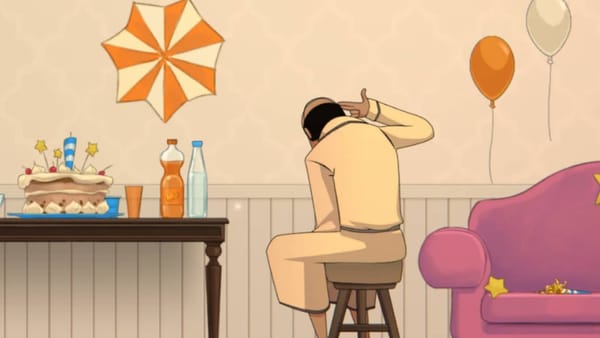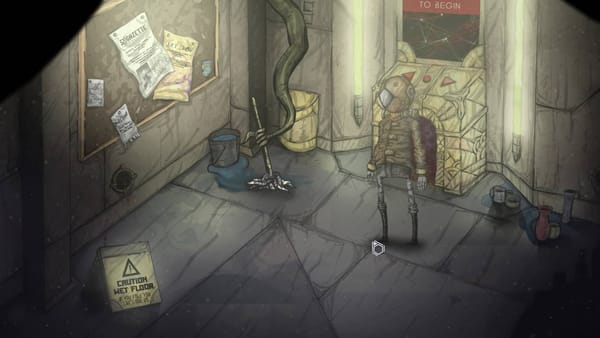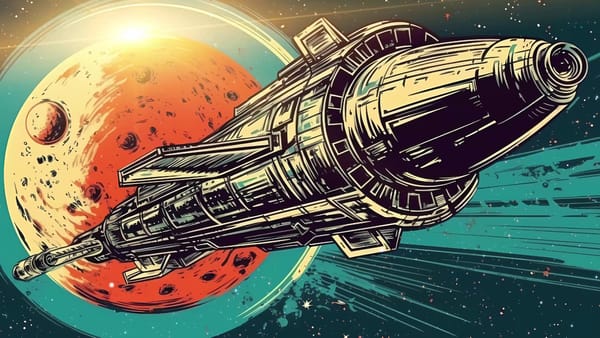My Memory Of Us iOS Review

It’s likely you’ve already played or at least seen My Memory Of Us listed on numerous PC or console marketplaces. The art style is pretty distinctive, so you’re bound to remember it.
A story of World War II experienced through the eyes of a child and narrated by one of the playable characters as an old man; you play both a boy and a girl in their escape from the Evil King.
It’s the narrative that grips like a vice; a war-torn scenario where the children’s perception of what is happening is innocent yet so poignant. But, as an iOS title, how does it play, and what is the gaming experience like?
My Memory Of Us iOS Review
Let’s start with first impressions, as that’s how most of us judge a game initially: My Memory Of Us is beautiful. Depicted in an art style reminiscent of the earlier part of the century, the illustrations resemble an early Disney or a more modern Mcbess.
The colour palette is a perfect representation of this bleak environment; black and white, with an enormous amount of depth, utilising the shadows, but also highlighting points of interest with the colour red, with the same significance as The Sixth Sense.

This choice of colour is a decent gaming mechanic, especially when ported to iOS, as it’s easy to identify points of interest, it also serves as a narrative device as this colour is also a mark of danger applied to the characters.
Set in Poland, it’s clear what this signifies with the Evil King and German occupation, as the girl is moved to the ghetto and separated from others. It’s an incredibly strong message, and perfect timing for Remembrance Day that’s just passed. These underlying themes pack a punch.
Slide To The Left
You take direct control of the boy and girl as a flashback sequence. Between each chapter, it’s expertly narrated by Sir Patrick Stewart and the role of the boy couldn’t have been better cast.
As for the gameplay, it’s a side-scrolling setup where you hold the screen to the left and right to move, tap or double-tap to interact, and swipe up to enter buildings and climb objects, and down to descend an object or ladder, for example.
Aside from the story sequences, there’s no written or spoken dialogue, which gives it a broad appeal in terms of language
You won’t get lost with navigating the scenes of My Memory Of Us as it’s a linear experience and quite frankly, a doddle to progress. Hold in a direction on the screen, and anything you need to interact with will make itself known to you, either highlighted with a splash of red or a speech bubble would appear.
Speech bubbles are common when it comes to communication. Aside from the story sequences, there’s no written or spoken dialogue, which gives it a broad appeal in terms of language, but while pictographs have been with us since the dawn of time, deciphering them on a small screen is tricky.
Tap, Tap, Double Tap
My Memory Of Us is a puzzle game, and whether this is a direct port of the PC and console versions would be interesting to know as it does feel like it was made for mobile in terms of simplicity for interaction. The puzzles aren’t dismissed as too easy, but it’s aimed for a wider audience.

Most of the time, this entails sliding items around to solve a problem, using a catapult mixed with Worms-like geometry, bending light using mirrors and stealth sections. These are deemed skills by each child; the boy having the stealth ability and mirror bending, the girl using a catapult and has swifter movement.
You can switch between the two by tapping on an icon, or you can double-tap one of the characters to hold hands and lead each other through to safety. It’s all very charming, and the relationship works both ways, but the experience is marred by the controls.
As anticipated, you have to be mindful where you touch the screen as you inevitably end up blocking the action with your chunky digits. The characters can feel incredibly unresponsive, and I often shifted my thumbs to various parts of the screen for the ‘bite’ as if I were riding a clutch or tuning an aerial.
Double Tap
This was the initial issues faced when playing My Memory Of Us, and depending on the amount of oil in your fingertips, or your screen guard, you’re likely to find the controls quite clumsy. The latter isn’t the problem; however, the response from the characters is sluggish.
one of the highlights on my part was unlocking bonus profile cards on real-life heroes from the war
The animation is a bit clunky, but that goes with the animation style, so that’s not it. It’s just a lack of reaction when you touch the screen and aiming with the catapult trying to make slight adjustments doesn’t translate as well as a controller or mouse. It certainly doesn’t help when trying to crouch away from enemies only to be seen and having to repeat a section again.
It’s a shame then, as the messages of the game might be diluted by the frustrating experience. I have an interest in the era, plus I’m a fan of the aesthetic, so I stuck with it, but feel that the controls have let the experience down. Perhaps My Memory Of Us gameplay would be better suited on another platform?

That said, there are a few hit and miss sections in the narrative, but overall it’s a powerful story told well through the cutscenes and telltale signs of the environment. But perhaps one of the highlights on my part was unlocking bonus profile cards on real-life heroes from the war that you can achieve through progress.
These little cards provide information on the actions of those taking undeniable risks to do the right thing and not turning a blind eye. On this mechanic alone, Juggler Games can help us remember the sacrifices others make when it matters most.




